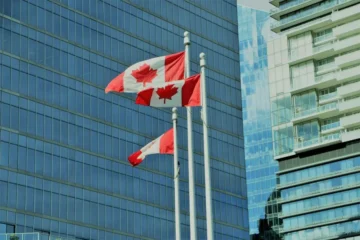Australia has long attracted skilled workers from around the world thanks to its strong economy, high living standards, and clear immigration pathways. Unlike some countries where a work visa offers no long-term settlement options, Australia’s system is intentionally designed so that skilled employment often leads directly to permanent residency. However, the process is not one-size-fits-all. There are multiple visa subclasses, eligibility points, and timelines to understand before deciding if this path suits you.
Key Takeaways
The Australian Approach to Work Visas
Australia does not rely on a single type of work visa. Instead, it operates under a layered system that connects temporary visas with permanent residency streams. Broadly, there are two main routes:
- Employer-Sponsored Visas – where an Australian business sponsors a foreign worker.
- Points-Tested Skilled Migration Visas – where individuals apply independently based on qualifications, experience, and other factors.
Both categories can lead to permanent residency, though the journey looks different depending on the applicant’s occupation, age, English language skills, and willingness to settle in certain regions.
Key Visa Pathways That Lead to Permanent Residency
The visas most relevant to workers who want to transition to PR are:
Also Read: Is the 186 Visa Your Best Option for Permanent Residency in Australia
- Temporary Skill Shortage Visa (Subclass 482): Allows employers to sponsor overseas workers for jobs where no local talent is available. Workers on this visa may become eligible for permanent residency through the Employer Nomination Scheme after a certain period.
- Skilled Independent Visa (Subclass 189): A points-tested permanent visa for skilled workers without a sponsor. Applicants are invited based on an Expression of Interest through the SkillSelect system.
- Skilled Nominated Visa (Subclass 190): Similar to the 189, but requires nomination by an Australian state or territory.
- Skilled Work Regional Visa (Subclass 491): A provisional visa requiring applicants to live and work in regional areas, which can transition to permanent residency through the Subclass 191 visa.
- Employer Nomination Scheme (Subclass 186): Direct employer sponsorship that grants permanent residency for eligible employees.
What makes Australia unique is that many applicants enter initially on a temporary visa, such as the 482 or 491, and then shift to a permanent subclass after fulfilling the residency or employment conditions.
Eligibility Criteria for Work Visas
Eligibility in Australia hinges on several factors. For employer-sponsored visas, the applicant needs a confirmed job offer in an occupation listed on Australia’s Skilled Occupation List, along with proof of relevant qualifications and experience. For points-tested visas, the requirements are more flexible but demand higher individual qualifications.
Applicants are assessed on:
- Age (generally under 45 at the time of application).
- English language proficiency.
- Work experience in a nominated skilled occupation.
- Educational qualifications.
- Health and character checks.
- Willingness to live in regional areas if applying under state or regional sponsorship.
The points test, used for Subclass 189 and 190 visas, currently requires a minimum of 65 points, though competitive applicants often score higher to receive an invitation.

How the Transition to Permanent Residency Works
The pathway to PR depends on the initial visa. For example:
- A worker on a Subclass 482 visa may become eligible for permanent residency after three years if their employer nominates them under the Subclass 186 visa.
- Those on a Subclass 491 provisional visa must live and work in a regional area for at least three years before applying for permanent residency under Subclass 191.
- Skilled workers entering through Subclass 189 or 190 receive permanent residency directly once their application is approved, bypassing the temporary stage.
This tiered structure is deliberate, as it encourages skilled workers not only to contribute to the workforce but also to commit to Australia’s long-term settlement goals.
Application Process for Permanent Residency
The process varies, but generally involves:
- Submitting an Expression of Interest (EOI) through SkillSelect for points-tested visas.
- Receiving an invitation to apply is based on ranking against other applicants.
- Preparing documents, including proof of skills assessment, English test scores, employment references, and health checks.
- Lodging the PR application online through the Department of Home Affairs.
- Waiting for the decision, which can take anywhere from six months to over a year, depending on the visa subclass.
Employer-sponsored applications involve additional steps, as the employer must lodge a nomination application alongside the worker’s visa request.
Also Read: What Are the New Rules for Australia’s Sponsored Family Visitor Visa?
Timelines
The timeframe to move from a work visa to permanent residency in Australia can vary significantly. Skilled independent visas (Subclass 189) may take around one year from invitation to approval, while employer-sponsored routes often require three years of prior employment before applying for PR. Regional visas add another three years of mandatory residence before permanent status can be granted.
In short, the transition can be quick for highly skilled and in-demand workers, or stretch to five or more years for those on provisional visas.
Common Challenges and Mistakes
Some applicants struggle with Australia’s strict points system, particularly if they are older or lack high English scores. Others fail to understand the importance of selecting the correct occupation from the Skilled Occupation List, which changes regularly.
Another frequent issue is underestimating the regional requirement. Many workers accept a 491 visa but later find it difficult to commit to living in regional Australia for the required duration. Employer sponsorships also come with risks, as losing the job can jeopardize the entire pathway to PR.
Why PR via Work Visa Is Worth It
Despite the hurdles, the benefits of Australian permanent residency are considerable. PR holders can live and work anywhere in the country, access public healthcare through Medicare, send children to public schools at domestic rates, and sponsor family members. They also gain a pathway to citizenship after meeting residency requirements. For many, the security of no longer being tied to a single employer or region makes the effort worthwhile.
Conclusion
Australia’s immigration system is built with clear bridges between skilled work and permanent residency. While not every temporary visa leads to settlement, Australia’s skilled migration programs offer multiple routes for qualified workers to make the country their permanent home. With careful planning, realistic expectations, and strong credentials, a work visa can indeed serve as the foundation for a successful long-term future in Australia.
Reference: https://immi.homeaffairs.gov.au/visas/working-in-australia/permanent-work-visas





